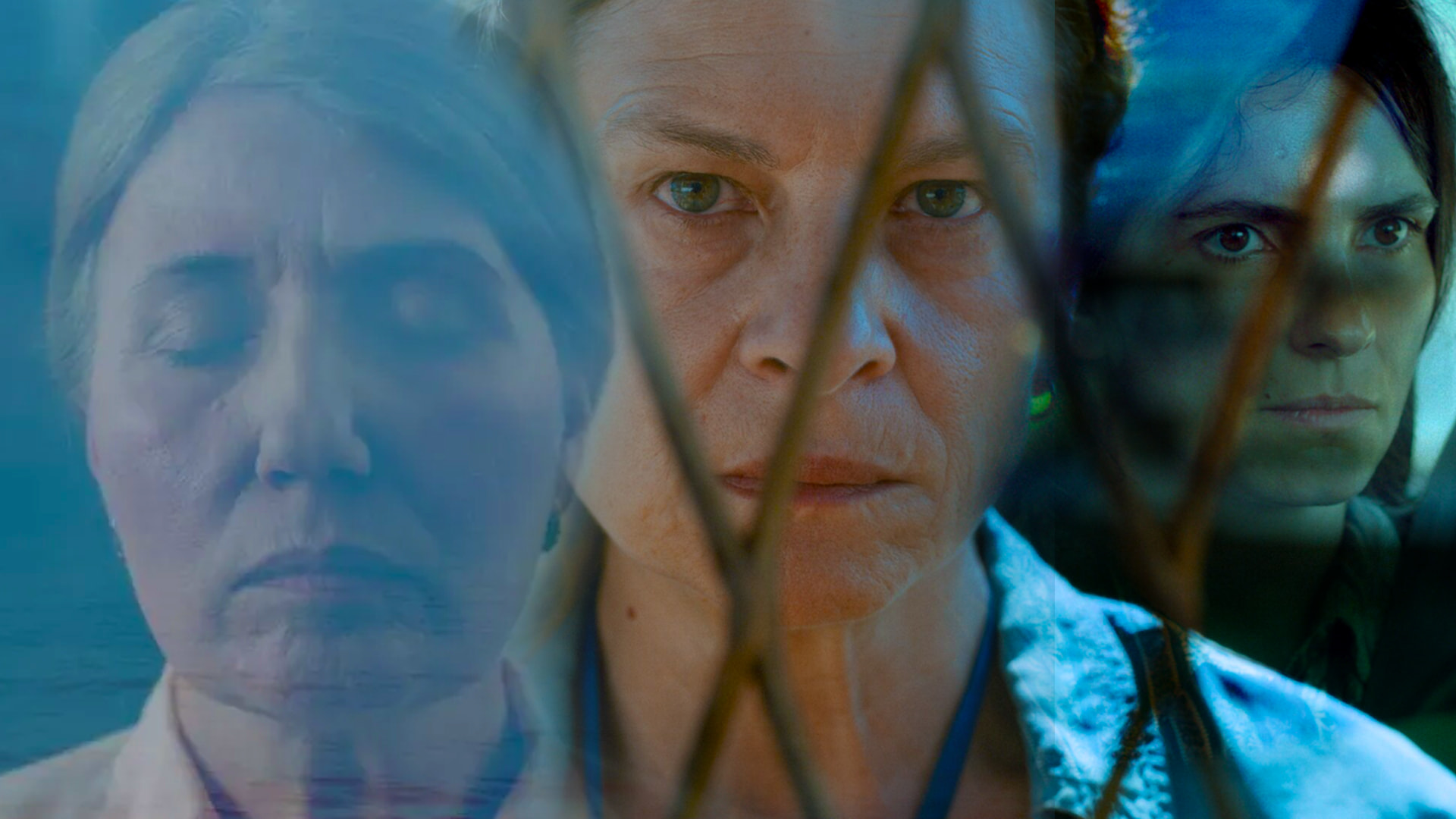
She is just a woman, and that is brave enough
Relatability in Balkan feminist protagonists.
|05.02.2024
|
If these female characters actually deviated from misogynistic norms, even open-minded audiences would find them disagreeable and undesirable.
Unlike Hollywood’s depiction of the feminist heroine, the woman storytellers of the Balkans show audiences the harrowing underbelly of female experience.
Only by fully recognizing our current reality can we begin to imagine alternative futures.
These struggles are not unique to the Balkans, but present an entirely different reality to that of the Western women portrayed in Hollywood films.

Adora Limani
Adora Limani is an 18-year-old creative and journalistic writer from North Macedonia. Her creative writing has appeared in international publications like Brown University’s College Hill Independent, Wild Greens Magazine, and The New Absurdist, while her journalistic work, appearing in local publications like Respublica, focuses on women’s issues in the Balkans.
This story was originally written in English.